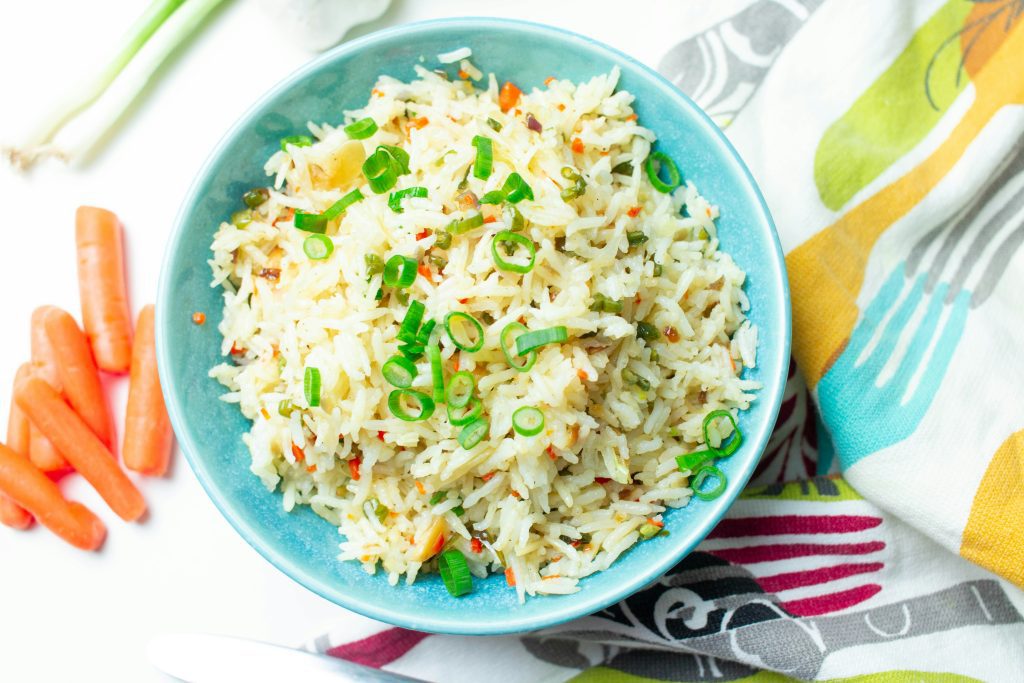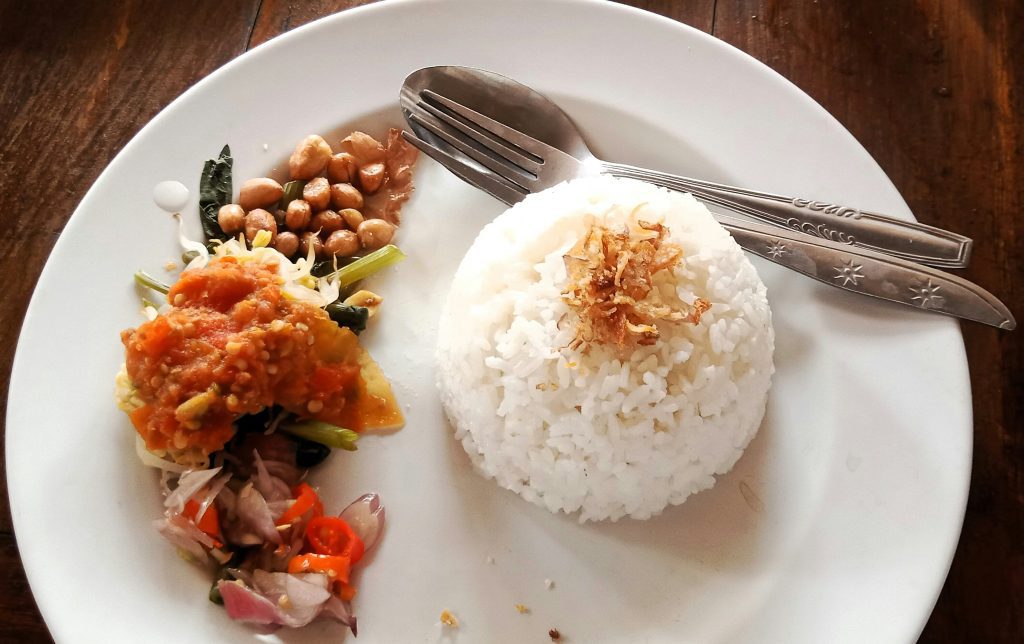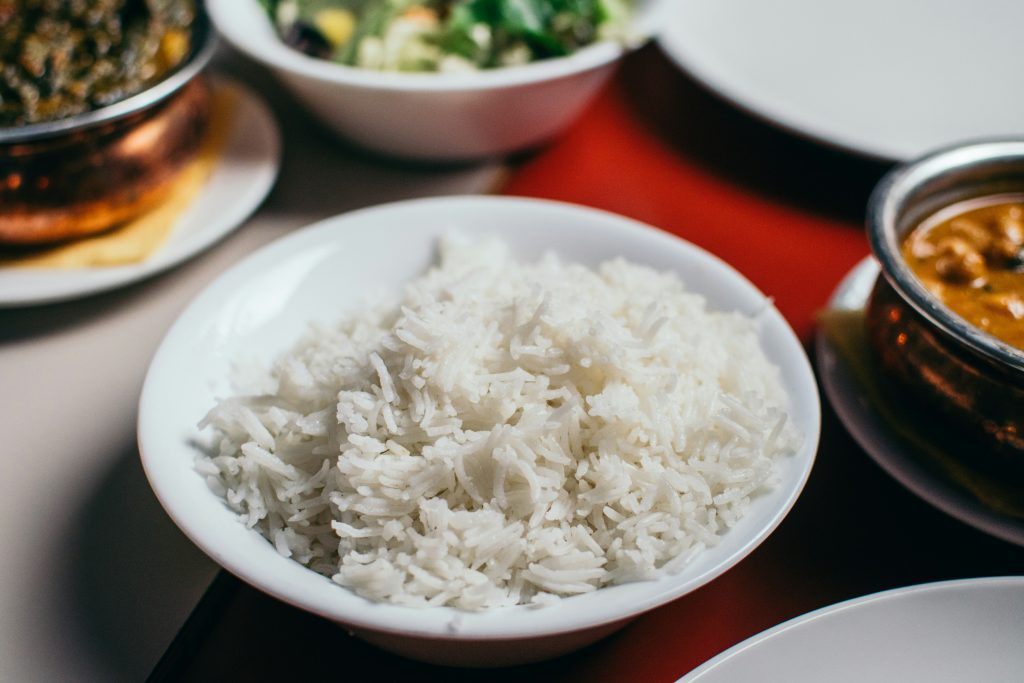Learn about Top 5 Healthiest Rice. Discover the top 5 healthiest rice varieties, including brown, wild, black, and red rice. Learn about their nutritional benefits, fiber content, and how they support a balanced diet.
Introduction
Rice is the primary food staple for more than fifty percent of the residents of Asia thanks to how well this crop has embedded itself into the way of life of the people in this region. Rice belongs to the botanical category of cereal grasses and is grown in flooded fields otherwise known as paddies, more commonly from the plant species- or specific variety as it may be Oryza sativa. : There are thousands of types of rice today, but in general, they can be divided into two: W298 white rice and fully polished high-quality rice including ungerminated rice brown rice red rice wild, and black rice.
White rice refers to rice that has been further processed to remove the bran and germ layers, hence making it tender and prolonging its shelf life to a reasonable period. However, the drawback is that some of its nutrients are lost. The whole grain varieties remain with their bran and germ layers which contain the essential vitamins, and minerals, and also provide dietary fiber. Rice is simply flexible, and it does not take long to prepare any dish with it, whether it is sweet or savory. That is why it features in quite some recipes across food cultures.

What is the Healthiest Rice?
Nutritional Comparison
| Rice Type | Calories (per cooked cup) | Fiber (grams) | Protein (grams) | Glycemic Index |
| Brown Rice | 218 | 3.5 | 5.0 | 50 |
| Wild Rice | 166 | 3.0 | 6.5 | 45 |
| Black Rice | 160 | 3.5 | 5.5 | 42 |
| Red Rice | 215 | 4.0 | 5.0 | 50 |
| White Rice | 205 | 0.6 | 4.3 |
Top 5 Healthiest Rice
1. Brown Rice
Brown rice is a whole grain because it retains all its bran and germ layers making it very healthy and rich in fibre as well. It has a nutty flavor and chewy texture adding value to a variety of dishes. Brown rice has a higher content of dietary fiber which eases the process of digestion as well as promotes satiety in the body hence making it a more favorable choice than refined polished white rice. On top of that, the intake of brown rice has its merits due to its vitamins and minerals iron- respectively magnesium, and phosphorus, which all have an important role in favorable health and prevention of diseases associated with lifestyle.
Health Benefits of Brown Rice
- High in Manganese: A single serving of brown rice contains a considerable amount of manganese which is very vital for metabolic processes, bone structures, and antioxidant defense. This element is also very important for producing energy in the cells thus helping in managing health.
- Rich in Naturally-Occurring Oils: There are some oils, in their natural form inside the brown rice, which contain fatty substances good for heart health. These oils have been known to curb swelling in the body, control cholesterol, and regulate blood flow; this makes brown rice a nutritious food and can be part of one’s diet.
- Promotes Weight Loss: It is also the reason since it is rich in dietary fiber that helps regulate hunger and facilitate digestion. Moreover, it is also claimed that the low glycemic index of the food plays an important role in controlling blood sugar levels, thus limiting the appetite and helping in weight reduction; therefore, the food product is suitable for those people who wish to keep their weight unchanged.
- Rich in Antioxidants: Due to high concentrations of antioxidants found within the pericarp of brown rice, oxidative damage as well as inflammation are inhibited. These in turn are oxidants that damage cells within the body. This, therefore, helps in reducing risk and preventing some chronic diseases such as cardiovascular diseases and some cancers, contributing to general health.
- High in Fiber: Brown rice ensures that a good amount of dietary fiber is available for digestion to occur properly and regularly. That way, it prevents constipation and encourages healthy bowel function. It may also assist in reducing the cholesterol level, thus promoting the health and well-being of the heart and its associated systems.
| Nutrient | Amount |
| Calories | 248 |
| Carbohydrates | 52 grams, 19% of DV |
| Fiber | 3.2 grams, 11% of DV |
| Protein | 5.5 grams, 11% of DV |
| Total fat | 2 grams, 3% of DV |
| Sugars | 0.458 grams |
| Starch | 50.1 grams |
| Vitamin B1 | 30% of DV |
| Vitamin B2 | 11% of DV |
| Vitamin B3 | 32% of DV |
| Pantothenic acid | 15% of DV |
| Vitamin B6 | 15% of DV |
| Folate | 5% of DV |
| Iron | 6% of DV |
| Potassium | 4% of DV |
| Copper | 23% of DV |
| Sodium | 8.1 mg |
| Manganese | 86% of DV |
| Phosphorus | 17% of DV |
| Magnesium | 19% of DV |
2. Wild Rice
Wild rice is also another healthy substitute for normal rice and it forms a perennial plant of the grass family. It comes with an interesting earthy taste and a little bit of hard and chewy texture, and that can be used in tossing salads, soups, or grain bowls. Bald wohhis cabbage is rich in antioxidants, proteins, and fibers which encourage good cardiovascular and digestive health. The explanation for the control of blood sugar levels it provides is through a low glycemic index; therefore, it is excellent for any person on a weight loss program or a patient suffering from diabetes. Therefore, wild rice is a good nutrient addition to one’s diet.

| Nutrient | Amount |
| Calories | 166 |
| Carbohydrates | 34.9 grams |
| Fiber | 2.95 grams |
| Protein | 6.54 grams |
| Total Fat | 0.558 grams |
| Sugars | 1.2 grams |
| Vitamin B1 | 0.085 mg |
| Vitamin B2 | 0.143 mg |
| Vitamin B3 | 2.12 mg |
| Pantothenic Acid | 0.253 mg |
| Vitamin B6 | 0.221 mg |
| Folate | 42.6 µg |
| Sodium | 4.92 mg |
| Potassium | 166 mg |
| Manganese | 0.462 mg |
| Phosphorus | 134 mg |
| Magnesium | 52.5 mg |
3. Red Rice
Red rice is a nutritionally rich variety of rice that is associated with whole grain that is enclosed in its bran layer. This healthy grain which is already known to most is filled with antioxidants, especially in the micronutrient: Anthocyanin which assists in fighting inflammation and preventing the body from various chronic ailments. Besides, red rice is high in fiber and thus helps to facilitate the digestive system and keeps you satisfied for longer periods. Its nutty taste enhances many meals hence suitable for better use in salads, stirred rice, and even in grain bowls.
| Nutrient | Amount |
| Calories | 1660 |
| Carbohydrates | 34 grams, 12% of DV |
| Fiber | 5 grams, 18% of DV |
| Protein | 4 grams |
| Total Fat | 1.5 grams, 2% of DV |
| Iron | 2% of DV |
| Potassium | 2% of DV |
| Sodium | 30.2 mg |
4. Black Rice
Black rice or forbidden rice as most people would call this popular rice is because one will appreciate its color and health benefits. This is a whole grain and contains plenty of antioxidants particularly anthocyanins which protect the body from oxidative stress and inflammatory diseases. In addition, black rice contains plenty of fibers which aid digestion and which also provide lasting energy. It has a slightly sweet and nut flavor, which can be used to make salads, accompaniments, and even some sweet dishes, and serves health benefits as well as food garnishing.
| Nutrient | Amount |
| Calories | 305 |
| Carbohydrates | 70 grams (25% of DV) |
| Fiber | 0 grams |
| Protein | 6 grams (12% of DV) |
| Sodium | 11 mg |
5. White Rice
Nutritionally white rice is considered inferior food to brown rice as the refining process removes most of its nutrients. Still, there is a place for white rice in a healthy diet: it is a source of quick energy carbohydrates that are gentle on the stomach, thus ideal for people with some digestive illness. But then it should be confined to rare occasions; paired with other ingredients more rich in nutrients, like greens or lean meats, it is a better food option.
Health Benefits of Choosing Healthy Rice
- Weight Management: Whole grain brown rice, black rice,, and red rice all being different varieties of rice are whole grain varieties that are high in dietary fiber thus creating satiety and helping in weight management. Also, one’s daily calorie consumption is reduced because realistic food with fibrous content is physiologically more time-consuming to digest.
- Heart Health: The fiber and antioxidant-rich content found in these healthier varieties of rice helps one reduce cholesterol levels and hence, minimizes quitting heart diseases. Whole grain rice has essential elements that help improve the health of the heart.
- Diabetes Management: The high fiber content in brown rice keeps the digestive system healthy, ensuring regular bowel movement. That helps in avoiding constipation and keeps the gut healthy. It might even help to lower the cholesterol level to benefit cardiovascular health and welfare.

- Digestive Health: Whole grains do not have the polishing treatment as most excess calories do this. This means that whole-grain brown rice retains its bran with its high fiber content. Enough fiber content promotes smooth lubrication and facilitates easy and quick movement during defecation. Consumption of high-fiber food helps treat constipation as well as improve the condition of the intestinal tract.
- Nutrient Density: Concerning the entire nation, the cobalt nutrition of the white rice varieties is below what is available in the whole grain rice inclusive of the additional micronutrients vitamins, iron, and magnesium for proper living.
FAQs
Is white rice unhealthy?
White rice is not unhealthy for one’s diet but is quite less valuable than whole grain rice. It gives Energy fast and is devoid of fiber and lots of nutrients. Using it in moderation, and bringing it alongside other rich foods is within the recommendations of a healthy dietary regime.
What are some ways to incorporate healthy rice into my diet?
Healthy rice could be the central ingredient used in a variety of dishes, including salads, stir-fries, grain bowls, or even burritos. It can be made healthier by adding some veggies to it, along with lean meat and healthy fats like avocado nuts. Alternatively, rice can also be incorporated in a watery dish or served as an accompaniment.
Can rice be part of a weight loss diet?
Of course, some rice can be taken while on a weight loss diet but more especially the whole grains such as brown, wild, or red rice. The fiber contained within them helps to induce a sense of fullness without interfering with the usual intake of food calories in managing weight.
Is it safe to eat rice daily?
Yes, we can safely eat rice daily for everyday consumables and most especially whole grain rice. But there should be a limit. This is important because if you just eat a lot of one kind of food you are more likely to get healthy but can be harmful too like how rice particularly has arsenic.
How does cooking affect the nutritional value of rice?
Preparation of rice does not only add value to the nutritional intake of rice making it easy to be consumed and assimilated by the body but also brings a certain level of cooking. In contrast, excessive cooking may destroy or render some micronutrients unabsorbable. This can be seen with potatoes as they are better cooked through steaming or boiling than frying.
Conclusion
When it comes to selecting the healthiest rice, it is mostly brown, wild, black, and red rice that are high in fiber essential nutrients, and health benefits. White rice can also be eaten occasionally, however, This is because including whole grain foods into one’s diet is much more health-giving. As for rice, one has to appreciate the varieties of rice available and their nutritional value and nutritional characteristics so that the most suitable one may be chosen in the attainment of the envisaged dietary and health objectives.
